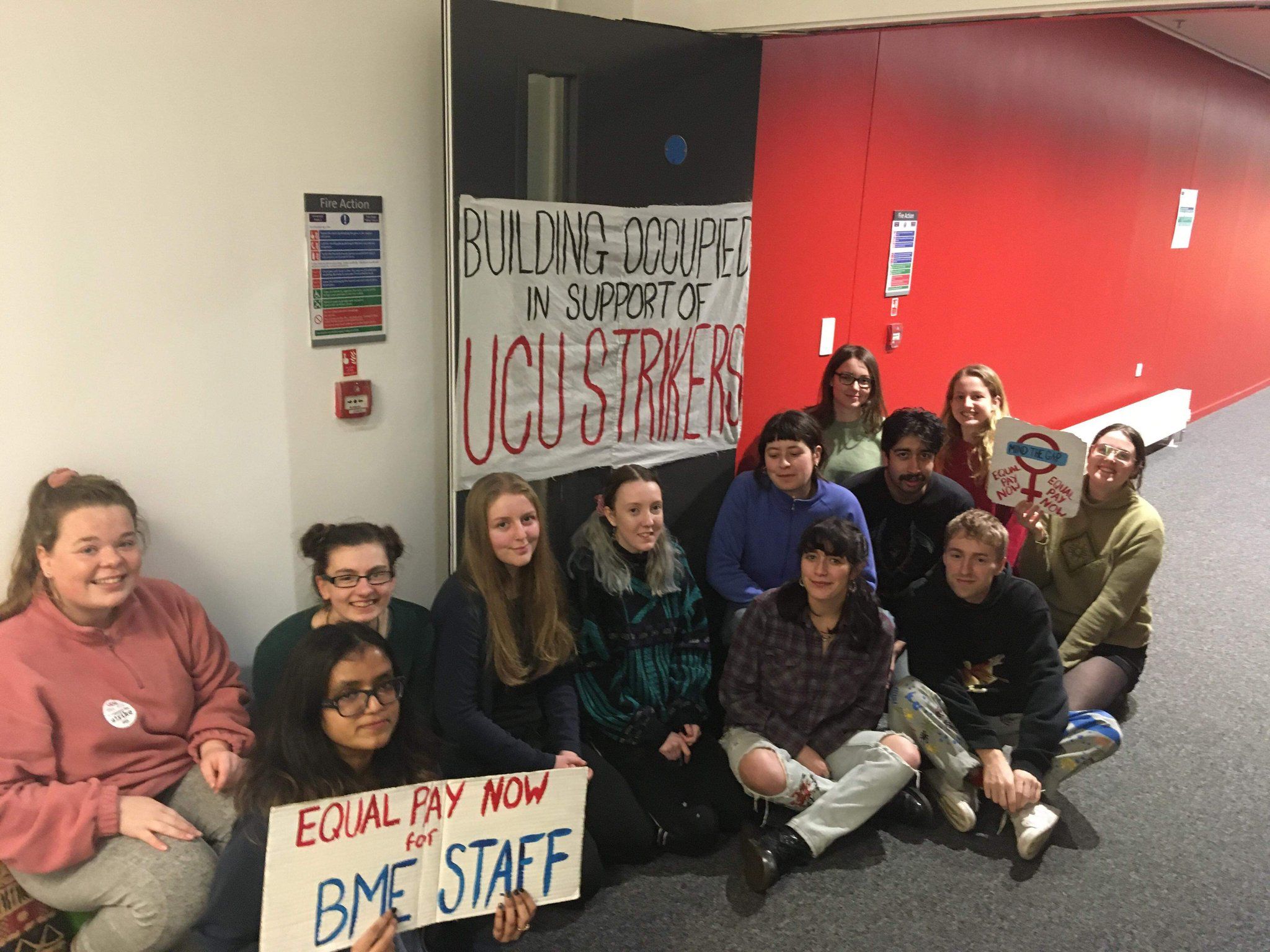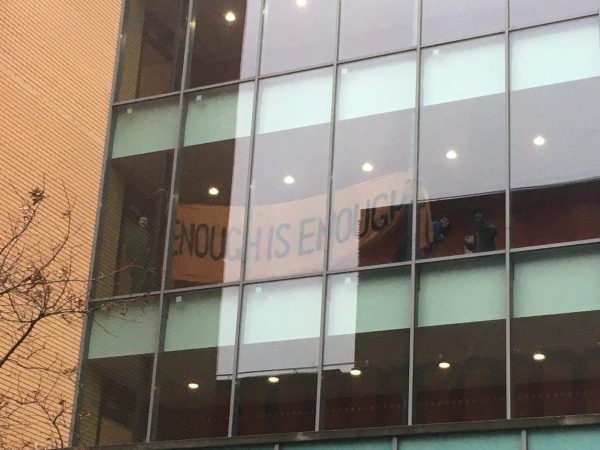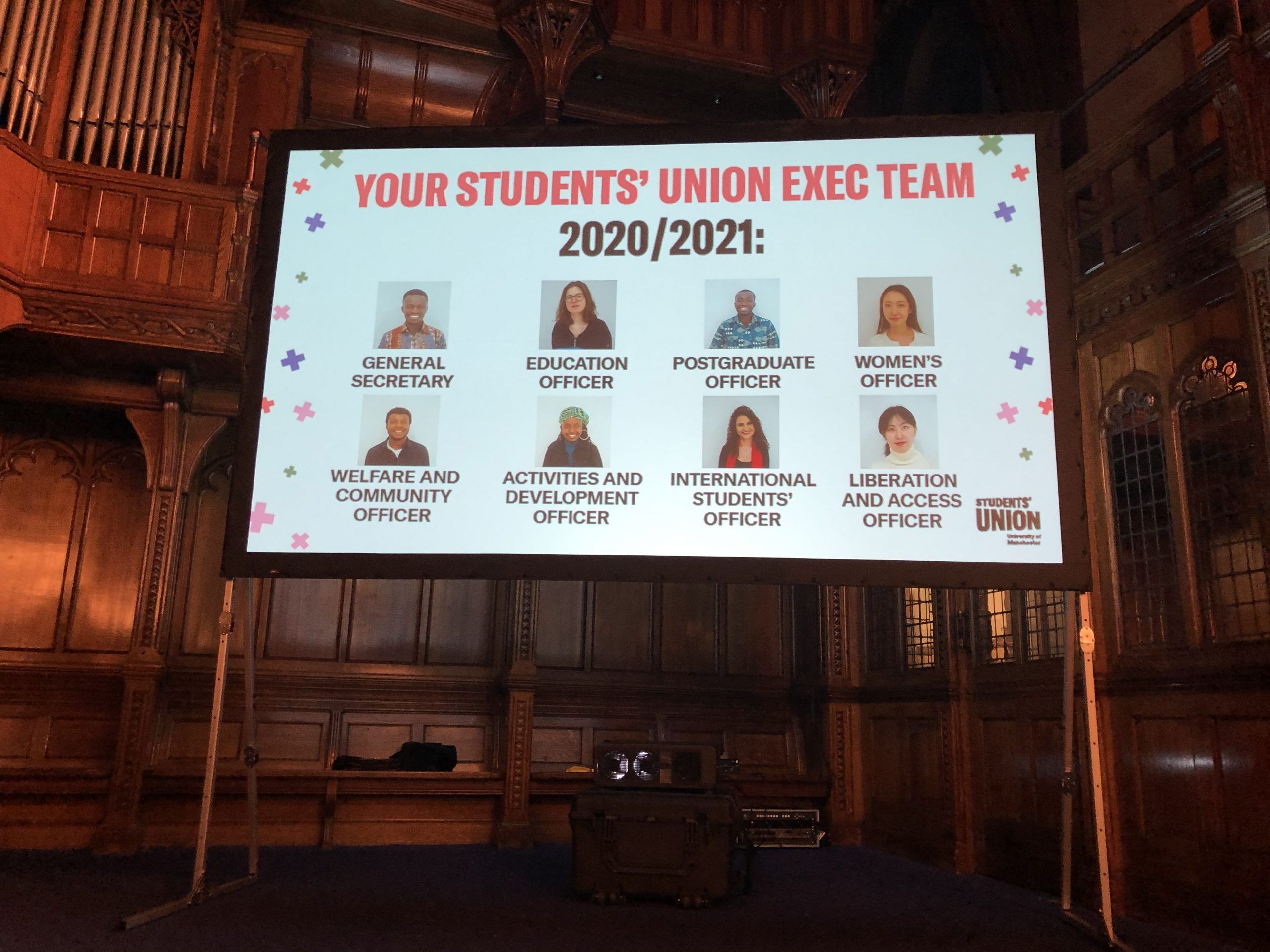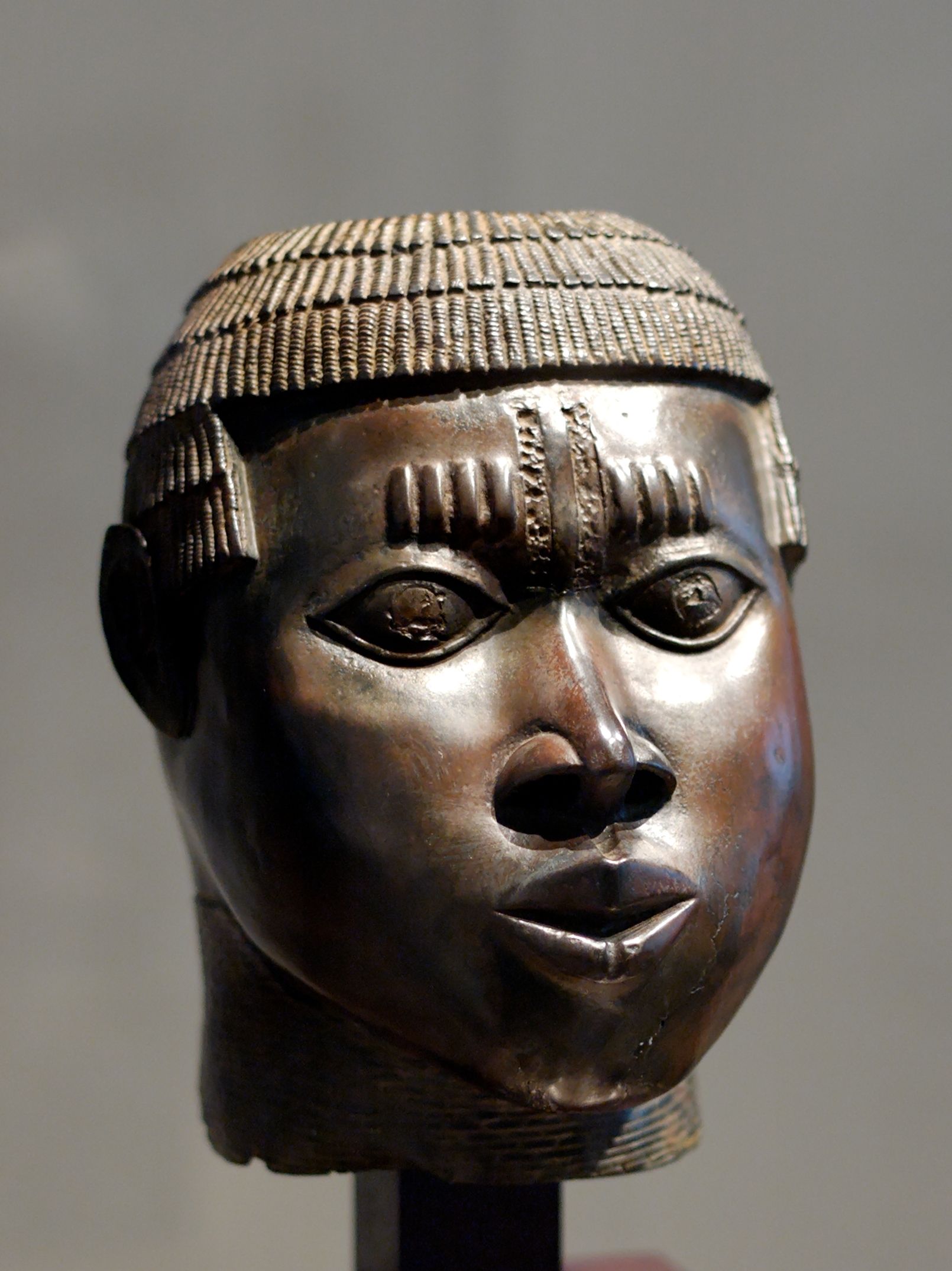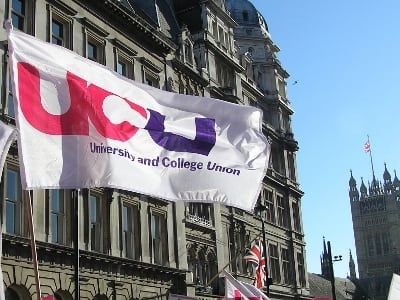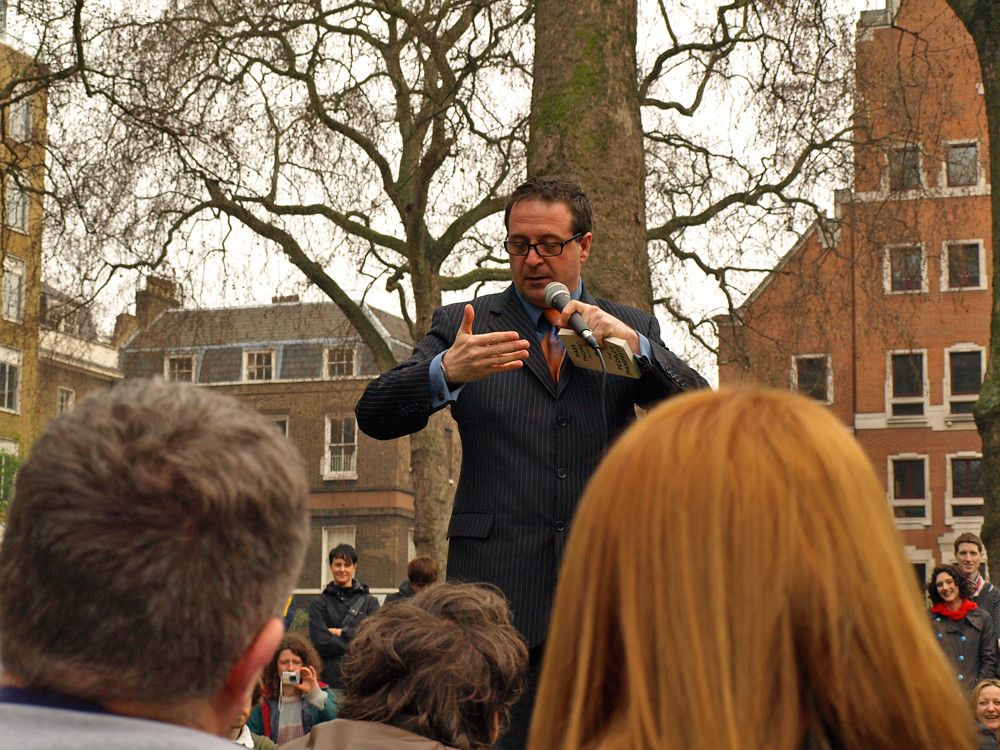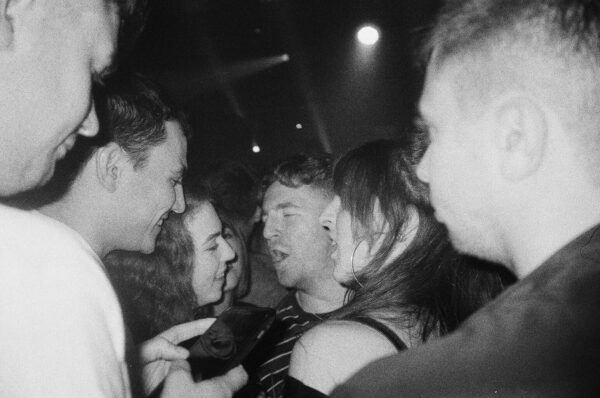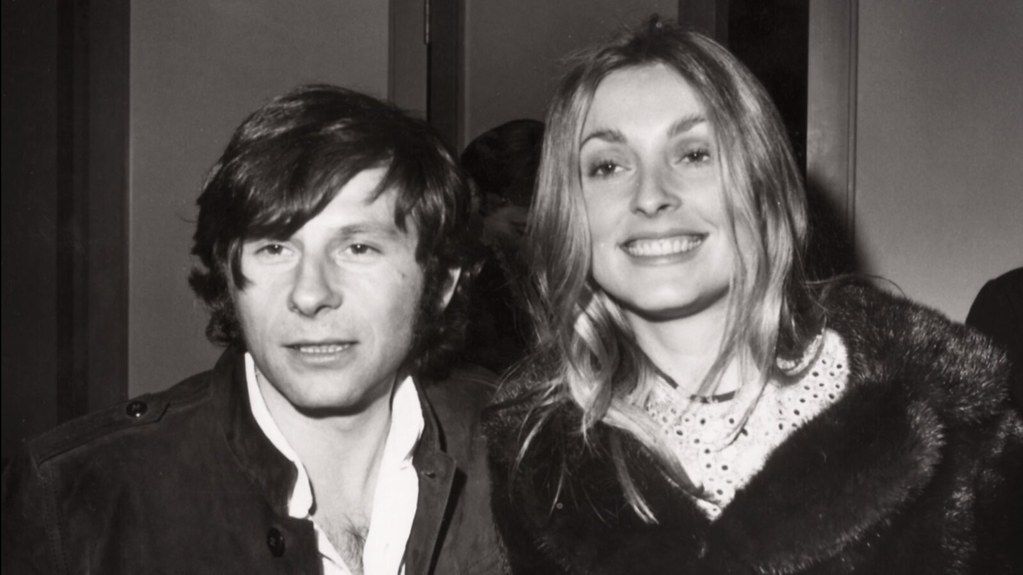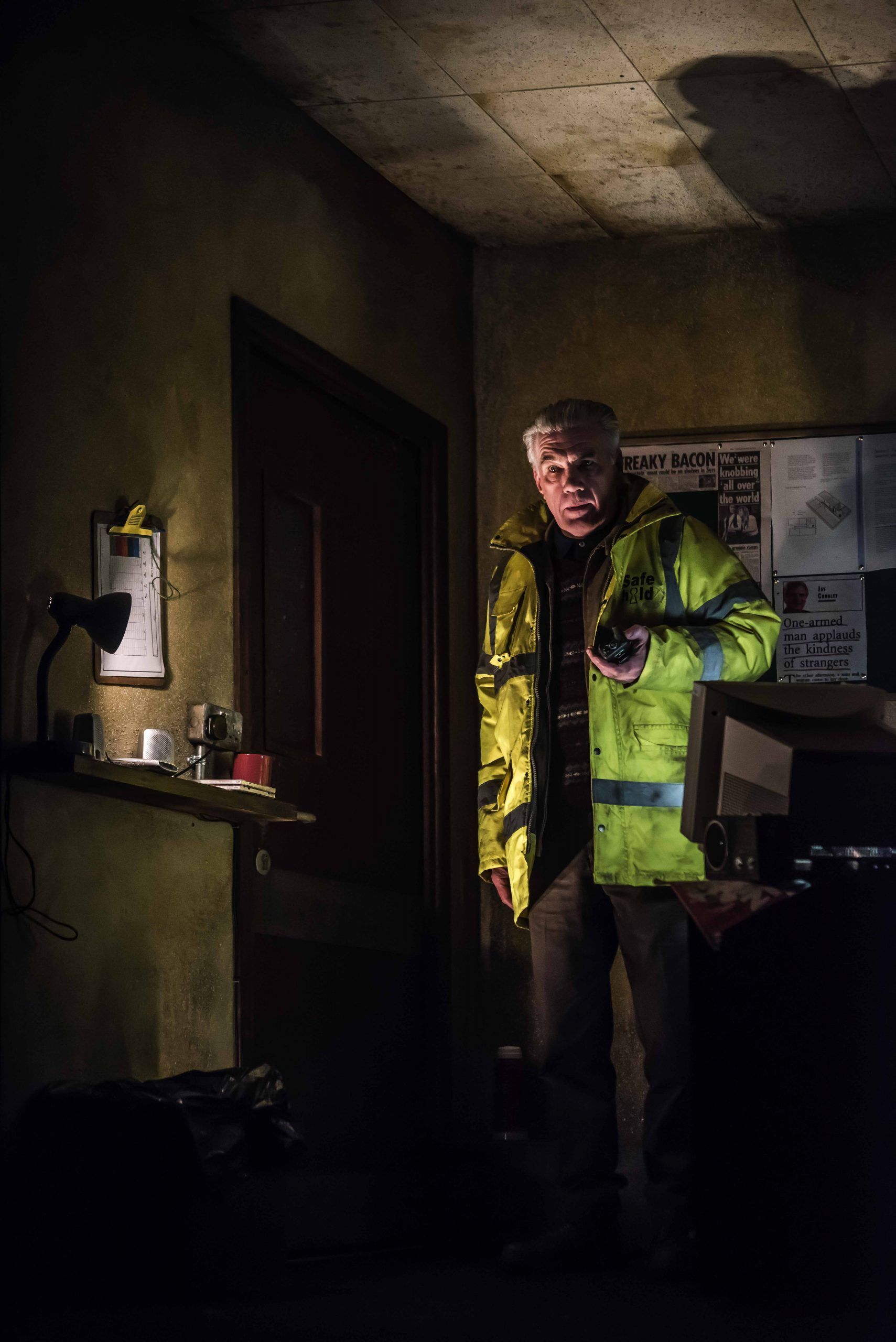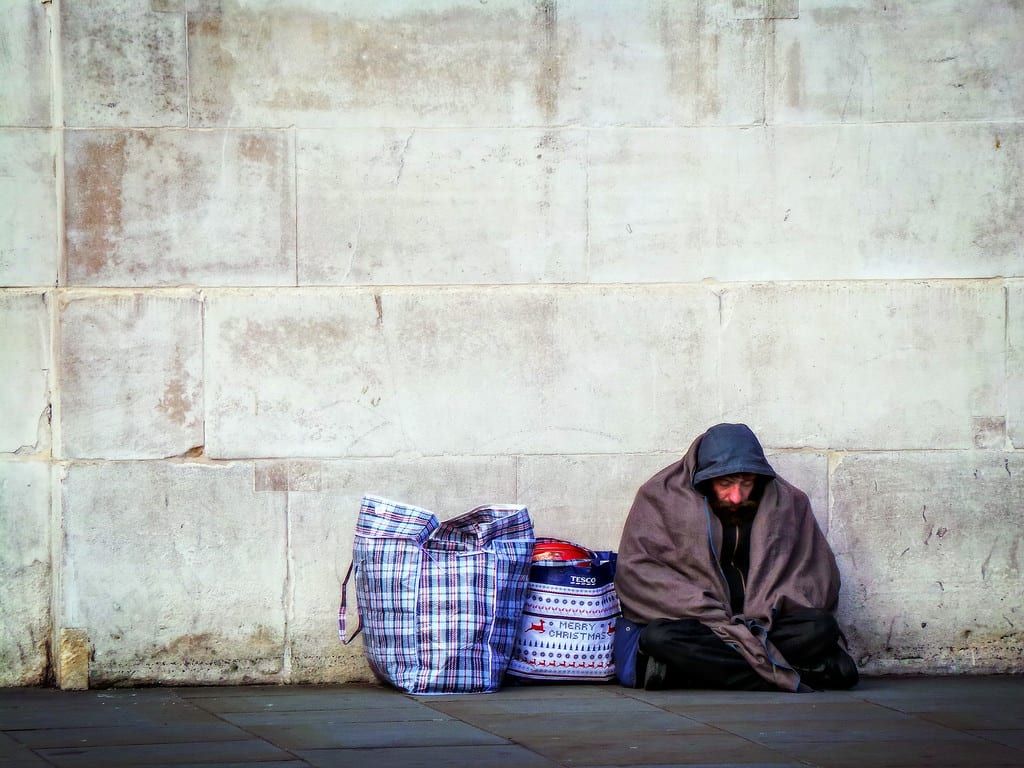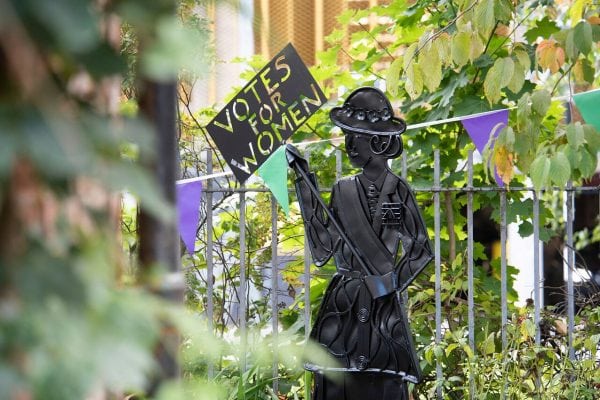In conversation: Winsome Pinnock
Winsome Pinnock is an award-winning British playwright, academic and dramaturg. She has been referred to as “probably Britain’s most well known black female playwright”, with The Guardian calling her “the godmother of black British playwrights”.
When she was studying English and Drama at Goldsmiths University, she was invited to join the Royal Court’s Young Writers’ group after submitting a play she wrote to them. Her professional career was kickstarted when she was commissioned by Liverpool Playhouse Studio as a result of a rehearsed reading of her writing by the Royal Court.
Pinnock wrote her upcoming play, Rockets and Blue Lights, because of a desire to represent the Black British experience in Britain with her own personal take. Although she began this project by researching Windrush, when her mother – who was a Windrush generation immigrant – passed away, she started to think further beyond that period in history, and turned her focus to the transatlantic slave trade.
Pinnock knew that she did not want to write about famous Black Victorians, because they are associated with a narrative of triumph, about how heroic they were and how they were the first at what they did. Instead, she wanted to write about ordinary people and went about reconstructing their lives the way a historian might do.
She explained how difficult it is to reconstruct the lives of Victorian black people because their lives were not recorded in the archives, and their voices were silenced because of enslavement.
Pinnock also deeply believes that historical drama is also about the present. Therefore, she wanted to write a play where the past and present were in dialogue with each other, in the form of a narrative that moves back and forth in time.
Rockets and Blue Lights is inspired by J.M.W Turner, a British artist who produced the paintings The Slave Ship and Rockets and Blue Lights. The Slave Ship, which was originally titled Slavers Throwing overboard the Dead and Dying—Typhoon coming on, is about illustrated Black Bodies in the ocean. The painting Rockets and Blue Lights was about how sailors would send out flares to warn others that they were in shallow water, but Pinnock cryptically said that she used artistic licence to give the rockets a “different meaning”. Turner’s work on history is innovative and complex, and she wanted her play to reflect that.
Pinnock also discussed the difficulties of researching the theme of enslavement. “You don’t feel as if you are reading about something that happened hundreds of years ago; you feel as if it is happening now”, she said firmly.
Pinnock said that she found her research very depressing, and she does not want people to feel about her writing the way she felt during the research process, because she simply “can’t see the point”. She had asked herself whether her ancestors would want her to experience the trauma that they had to deal with, and she knew that the answer would be no. Instead, she wanted to deal with the suffering in a different way and hopes it will surprise people.
Though there are some challenging scenes in the play, she wanted the audience to think critically about its representation of suffering and how it is reproduced. With Rockets and Blue Lights, Pinnock wants to ask the question: What do we need to do with history?
Rockets and Blue Lights runs at the Royal Exchange Theatre from 13th March until 4th April 2020.


